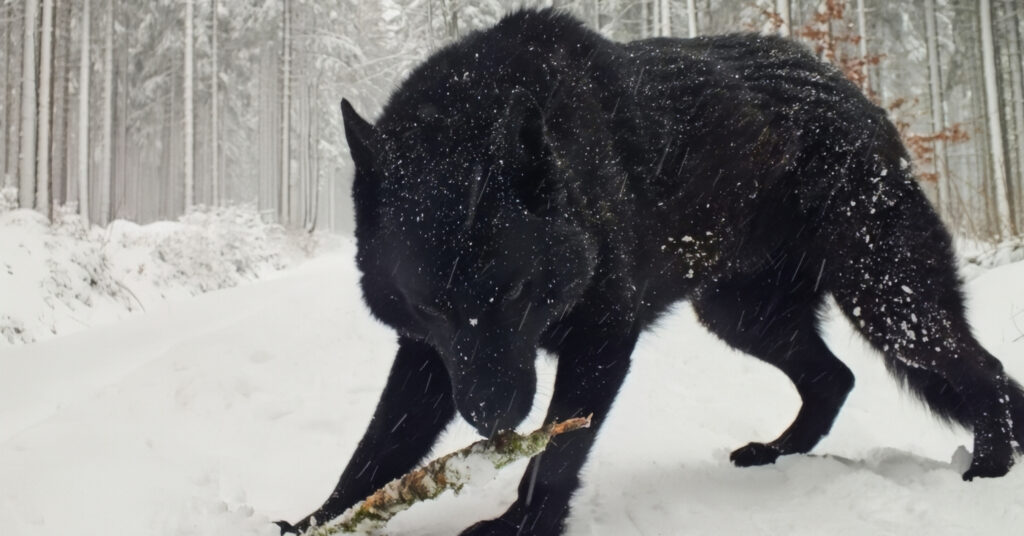
A shocking natural phenomenon has captured global attention: the largest wolf pack ever recorded—a staggering assembly of 400 wolves—has been sighted in Siberia. This extraordinary gathering, described as both awe-inspiring and terrifying, has wreaked havoc across towns, livestock, and ecosystems. The sheer scale of this event has raised significant concerns among scientists, wildlife experts, and local communities.
This unprecedented wolf congregation was recently discussed on Joe Rogan’s widely popular podcast. “Imagine 400 wolves moving like a coordinated army,” Rogan said. “They’ve destroyed entire towns, killed hundreds of livestock, and left people terrified.”
What Causes Such Large Packs?
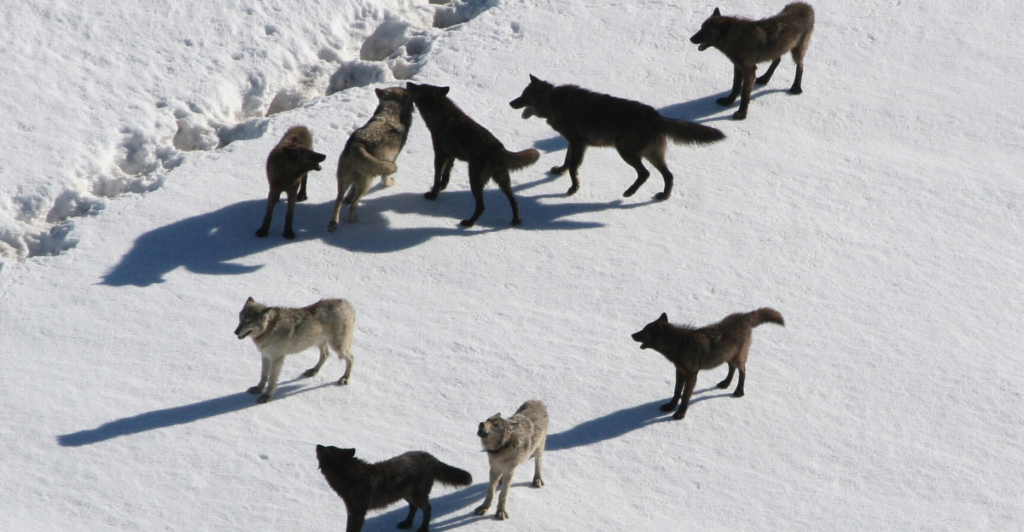
Wolf packs traditionally consist of up to 15 members, depending on factors like prey availability and habitat size. However, in rare cases, two or more packs may merge under extreme circumstances, such as food shortages or habitat destruction. This phenomenon appears to have occurred in Siberia, where harsh winters, deforestation, and declining prey populations have created a perfect storm.
Experts believe the pack’s formation is a desperate survival strategy. “The wolves aren’t just banding together for power—they’re uniting out of necessity,” said Dr. Elena Morozov, a wildlife biologist specializing in predator behavior. “They are adapting to the lack of food in the wild by pooling resources and hunting capabilities.”
A Trail of Devastation
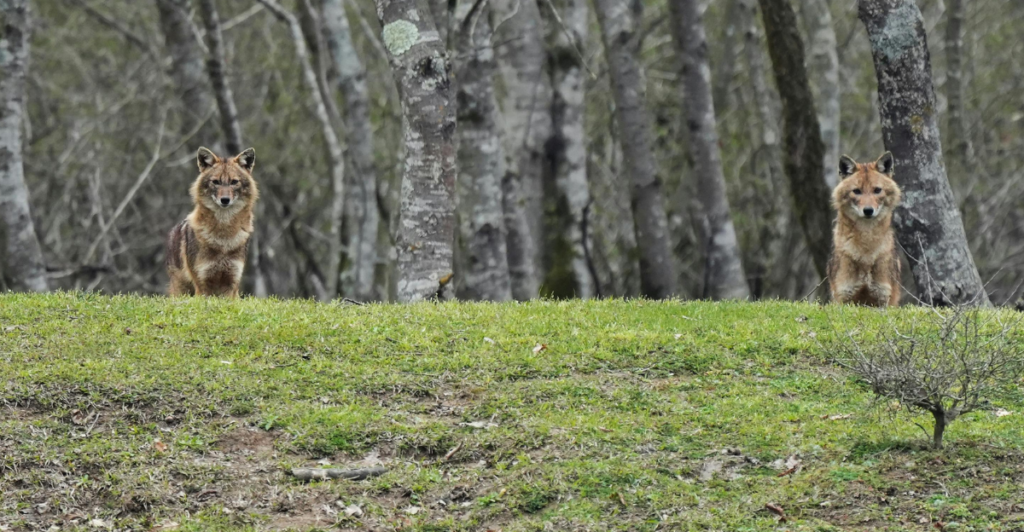
The consequences of this super-pack’s movements have been catastrophic. Entire towns in remote Siberia have been ravaged. Farmers report wolves decimating livestock overnight. Villager Anatoly Gorsky described waking up to find his herd of 50 sheep reduced to just carcasses. “It’s like a nightmare,” he said. “We’ve never seen anything like this before.”
While wolves typically avoid human settlements, the scarcity of natural prey has driven this mega-pack closer to populated areas. Reports of attacks on domestic animals, including dogs and horses, have surged in recent weeks, intensifying public fear.
The Role of Climate Change
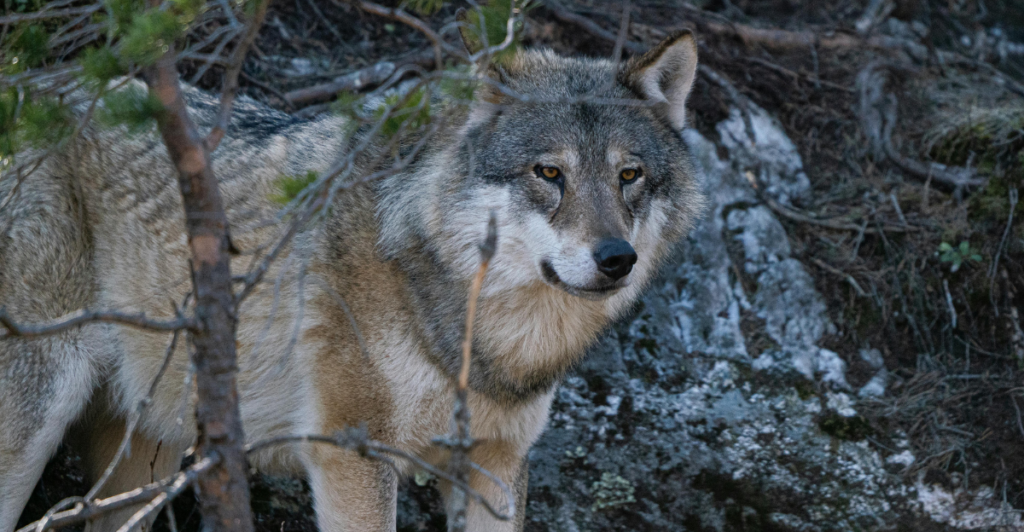
Environmental changes have exacerbated the situation, according to conservationists. Siberia’s harsh winters are becoming more unpredictable, with reduced snowfall impacting traditional prey like deer and hares. Combined with deforestation for logging and mining, the wolves’ natural hunting grounds have been dramatically reduced.
“Climate change has set off a chain reaction,” Dr. Morozov explained. “When prey populations collapse, predators are forced to take drastic measures. This mega-pack is a symptom of a much larger ecological crisis.”
Fear Among Locals
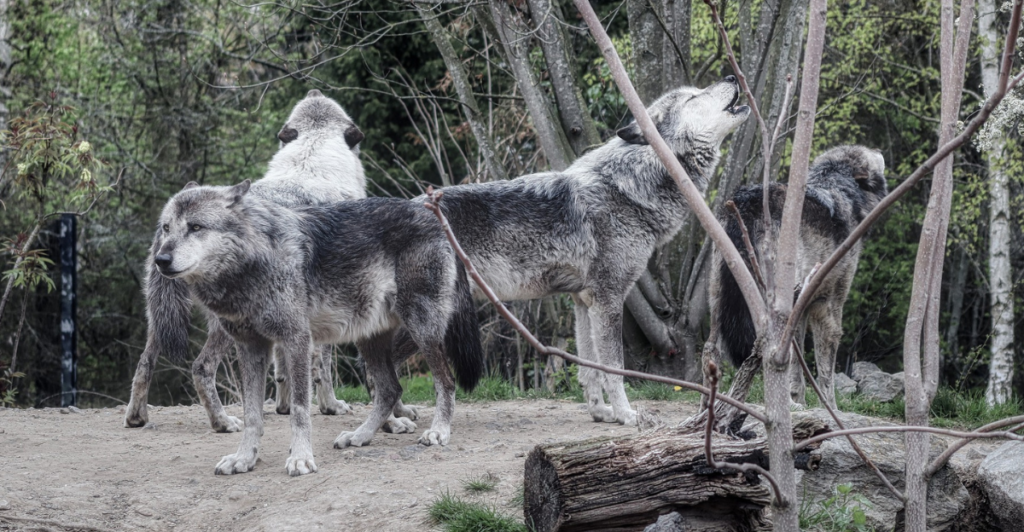
Understandably, local communities are living in fear. Many residents are staying indoors after dark, afraid of encountering wolves that seem bolder than ever. Hunters and herders have begun forming patrols to protect their homes and livestock, but the sheer size of the pack makes containment nearly impossible.
“I’ve hunted wolves for 30 years,” said Ivan Petrov, a local hunter. “But 400 wolves? That’s not hunting—that’s war. We don’t stand a chance against them.”
Joe Rogan’s Viral Take
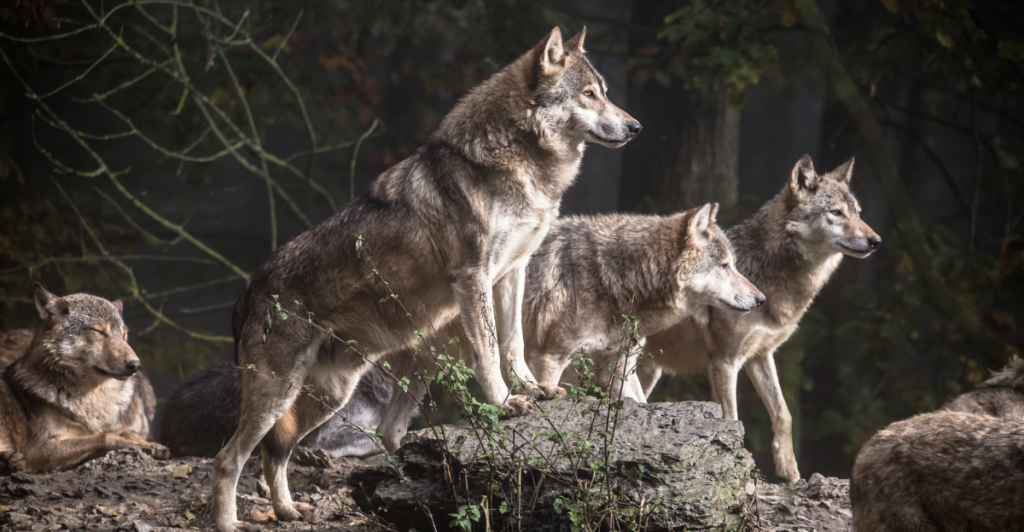
The phenomenon has gained international attention, thanks in part to Joe Rogan’s podcast. During his discussion, Rogan marveled at the wolves’ sheer power and strategic behavior. “These animals are incredibly intelligent,” he said. “Imagine them working together, coordinating attacks on farms and towns. It’s both terrifying and fascinating.”
Rogan’s podcast sparked debates about humanity’s role in disrupting natural ecosystems and the consequences of human encroachment on wildlife.
What Are They Hunting?
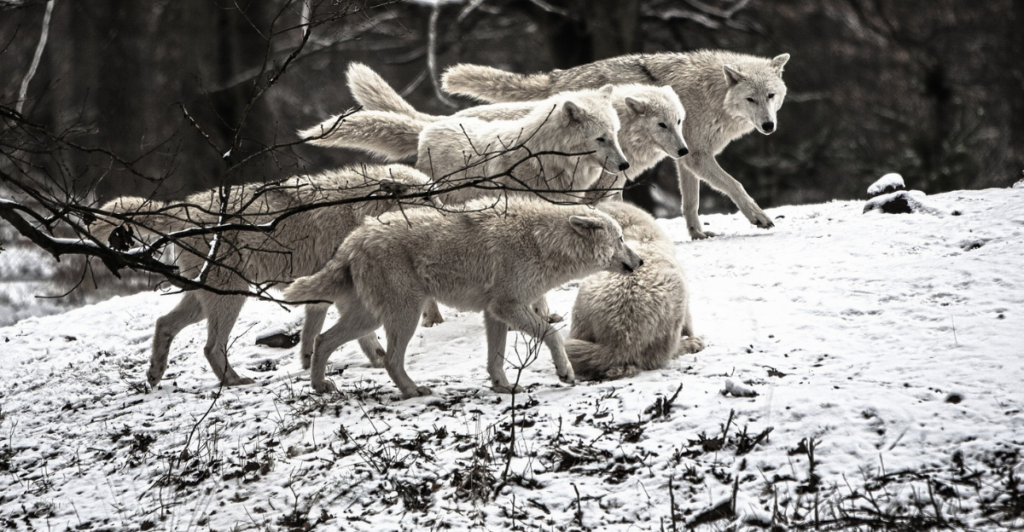
With natural prey scarce, the mega-pack has shifted its focus to livestock and other domesticated animals. Wolves are opportunistic predators, capable of adapting their hunting strategies to available resources. The mega-pack’s size allows it to target larger animals, such as cattle, which would be impossible for smaller packs.
In some cases, locals have reported finding no trace of the animals except bones. “They’re not just hunting for food—they’re hunting to survive as a collective,” said Dr. Morozov.
Potential for Human Attacks?
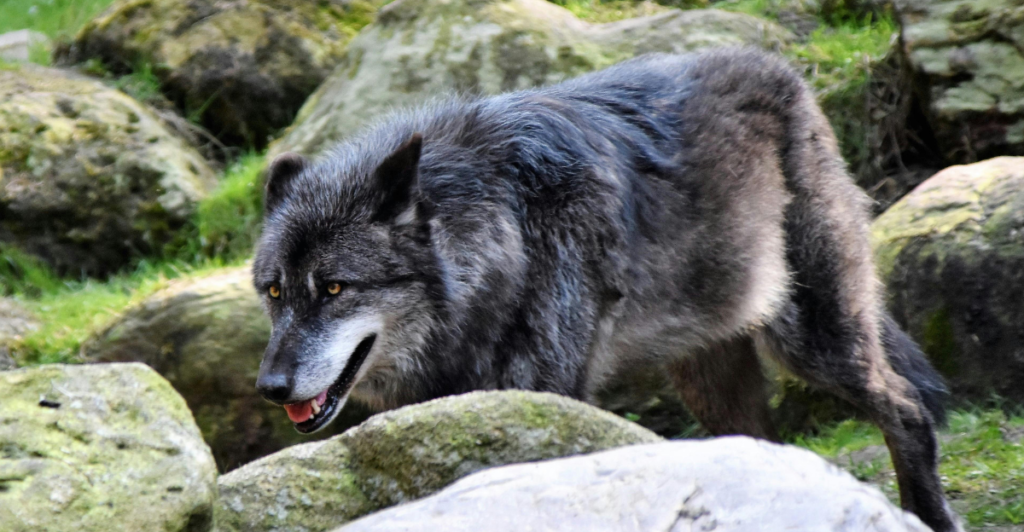
While wolves rarely attack humans, the size and behavior of this mega-pack raise concerns. Wildlife experts warn that if the wolves’ desperation grows, human encounters could become more frequent. “When predators are starving, they take greater risks,” said Dr. Morozov. “We can’t rule out the possibility of attacks.”
Local governments have urged residents to take precautions, such as avoiding solitary travel in rural areas and securing livestock at night. Despite these measures, many remain uneasy about the wolves’ proximity.
Efforts to Manage the Crisis
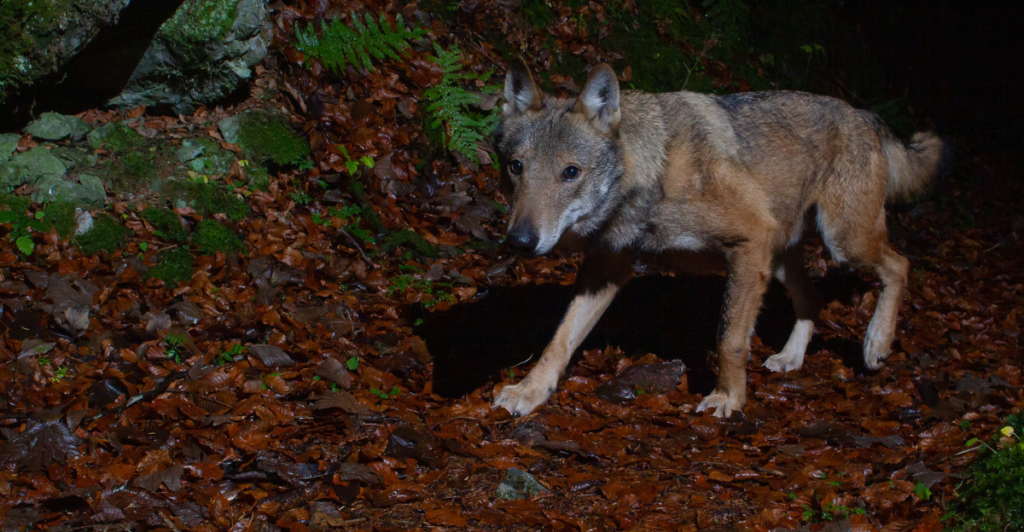
Authorities are scrambling to address the crisis. Teams of hunters and wildlife experts have been deployed to track the pack and monitor its movements. However, ethical questions surround the possibility of culling such a large group. Conservationists argue that killing the wolves would only further destabilize the region’s fragile ecosystem.
“We need long-term solutions,” said Natalia Ivanovich, director of Siberia’s Wildlife Preservation Society. “Protecting natural prey populations and restoring habitats is the only way to prevent such extreme behaviors.”
A Warning Sign for the Future?
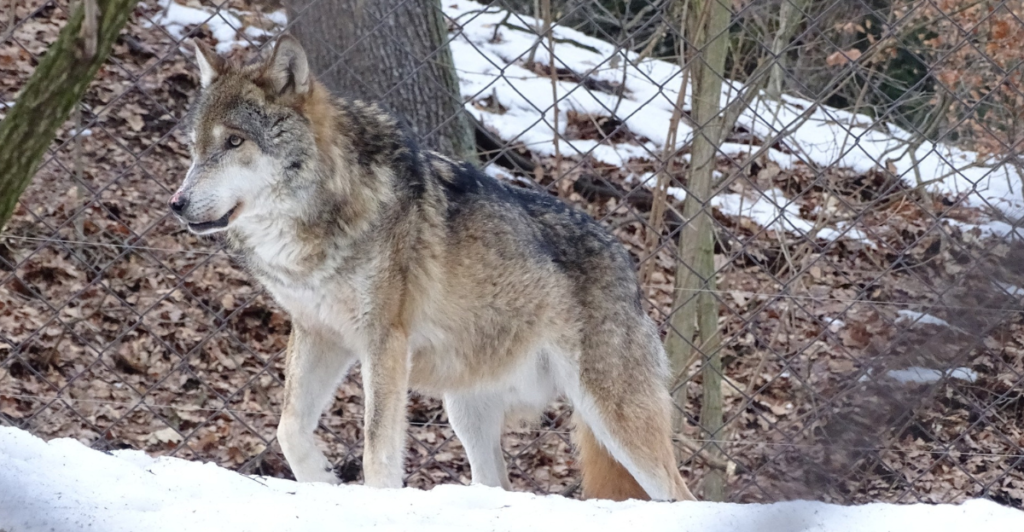
The Siberian mega-pack serves as a stark reminder of the consequences of human-driven environmental changes. “This isn’t just about wolves,” said Dr. Morozov. “It’s about understanding how our actions disrupt entire ecosystems. If we don’t address these issues, we can expect more events like this.”
Conservationists hope the incident will spark global dialogue about climate change, wildlife conservation, and sustainable practices.
The Wolf’s Resilience
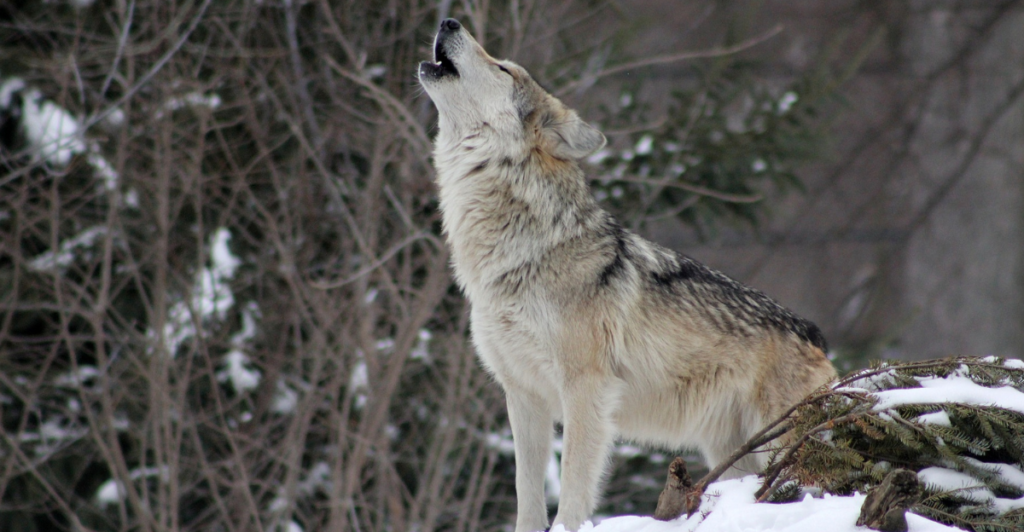
Despite the chaos they’ve caused, the wolves have demonstrated remarkable resilience and adaptability. Their ability to survive and thrive in extreme conditions underscores the complexity of predator-prey dynamics. As researchers continue to study the pack, they hope to uncover insights that could help mitigate future conflicts.
“The wolves are not villains—they’re survivors,” said Dr. Morozov. “It’s up to us to create a balance that allows both humans and wildlife to coexist.”
Global Fascination
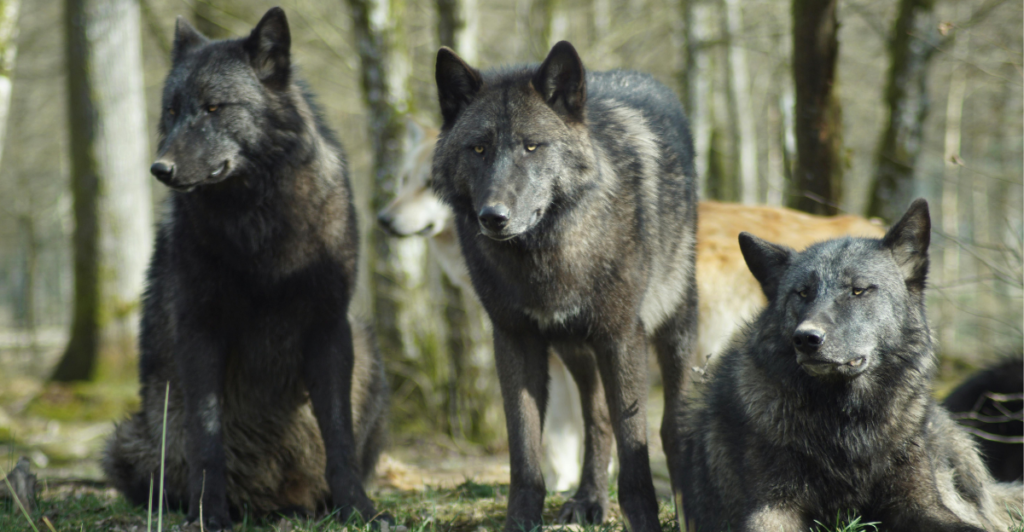
The story of Siberia’s mega-pack has captured imaginations worldwide, inspiring both fear and admiration. Social media is abuzz with theories, memes, and debates about the wolves’ motives and future. While some view them as a symbol of nature’s power, others see them as a warning sign of ecological collapse.
Joe Rogan summed it up best: “This is nature at its rawest—beautiful, terrifying, and humbling.”
Looking Ahead

The Siberian wolf pack has left an indelible mark on the global conversation about wildlife and the environment. As scientists, conservationists, and local authorities grapple with the implications, one thing is clear: the largest wolf pack ever recorded is a phenomenon that will not soon be forgotten. Whether as a harbinger of ecological imbalance or a testament to nature’s adaptability, the mega-pack challenges humanity to rethink its relationship with the wild.
Stay connected with us for more stories like this! Follow us to get the latest updates or hit the Follow button at the top of this article, and let us know what you think by leaving your feedback below. We’d love to hear from you!







